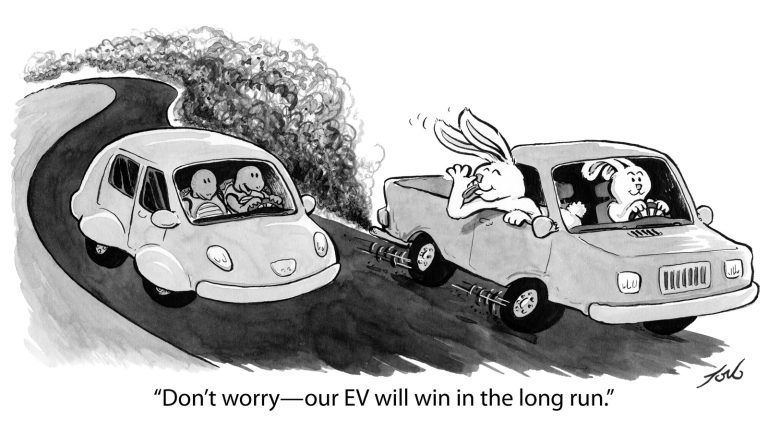GenAI on Earth Day 2024: Overview
It is Earth Day, April 22. Earth Day 54 since the first in 1970. (Earth Day Quiz below… Visit EarthDay.org or Wikipedia: Earth Day for more.) Wow. The population was about 3.7b, now more than 8b. But as worldwide life span increases and wealth increases so does lifetime consumption. We employed our fav GenAIs to chat about it… and to generate some graphics. This is the overview with the prompts: there are two blog posts…


